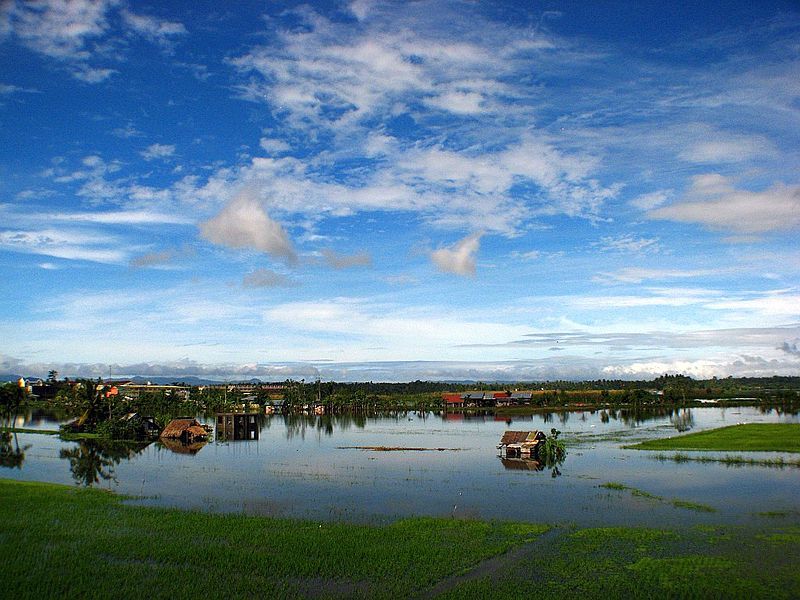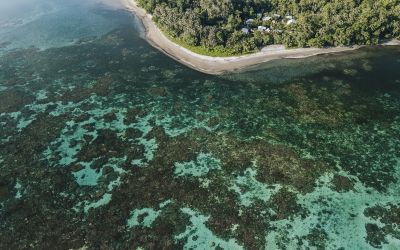Floods in Philippines lead to climate action
The recent floods in the Philippines have devastated agriculture in the region and have destroyed nearly $60 million worth of crops, pushing the climate-vulnerable nation to implement disaster risk-reduction measures.

The recent floods in the Philippines have devastated agriculture in the region and have destroyed nearly $60 million worth of crops, pushing the climate-vulnerable nation to implement disaster risk-reduction measures.
Monsoon rains compounded by Typhoon Haikui near China drenched Luzon, the Philippines’s main island, for several days and on August 6 and 7, nearly two months worth of rain fell on Metro Manila and several provinces in Luzon. Nearly 100 people died in the ensuing floods and landslides, with nearly a million forced to evacuate their homes.
As the Philippines tries to emerge from years of agricultural backwardness and attain food self-sufficiency, farmers, non-governmental organizations (NGOs) and government agencies are trying to map out strategies that can mitigate the effects of weather patterns gone wild.
Scientists at the International Rice Research Institute (IRRI), a non-profit agricultural research center based in Los Baños, Laguna, believe that a flood-resistant variety of rice, dubbed “submarino” for its ability to withstand two weeks of submergence, could be one answer.
Last year, when Typhoons Nessat (Pedring) and Nalgae (Quiel) devastated Central Luzon, farmers who had planted “submarino” were able to harvest their crops even after their paddies had been submerged for nearly a week.
Glenn Gregorio, senior scientist and plant breeder at IRRI, told IPS that several “climate-change ready” rice varieties, including drought-resistant varieties, are being developed at the institute.
The farmers’ group Sarilaya agrees that while agriculture in the Philippines needs to adapt to climate change, it is best to stick to naturally resilient native varieties rather than go in for hybrids developed in laboratories.
Sarilaya workers say that hybrid varieties are dependent on expensive chemical-based fertilizers, which, in the long run, ruin the soil and harm the health of farmers and communities.
Sarilaya’s strategy of promoting organic farming is in line with the United Nations Food and Agriculture Organisation’s (FAO) vision of “climate-smart agriculture.”
Hideki Kanamaru of the Climate, Energy and Tenure Division of the FAO says climate-smart agriculture is about sustainably increasing productivity. It is also about adaptation and mitigation by reducing greenhouse gases from agricultural production without compromising on food security.
Kanamaru introduced FAO’s vision during a symposium held in February by the Philippines Department of Agriculture, which was attended by policy-makers, scientists and practitioners from the Asia-Pacific Economic Cooperation nations and select organizations.
The essence of FAO’s climate-smart farming is careful use of natural resources, such as land, water, soil and genetic material, as well as good practices that include conservation agriculture, integrated pest management, agro-forestry and sustainable diets.

